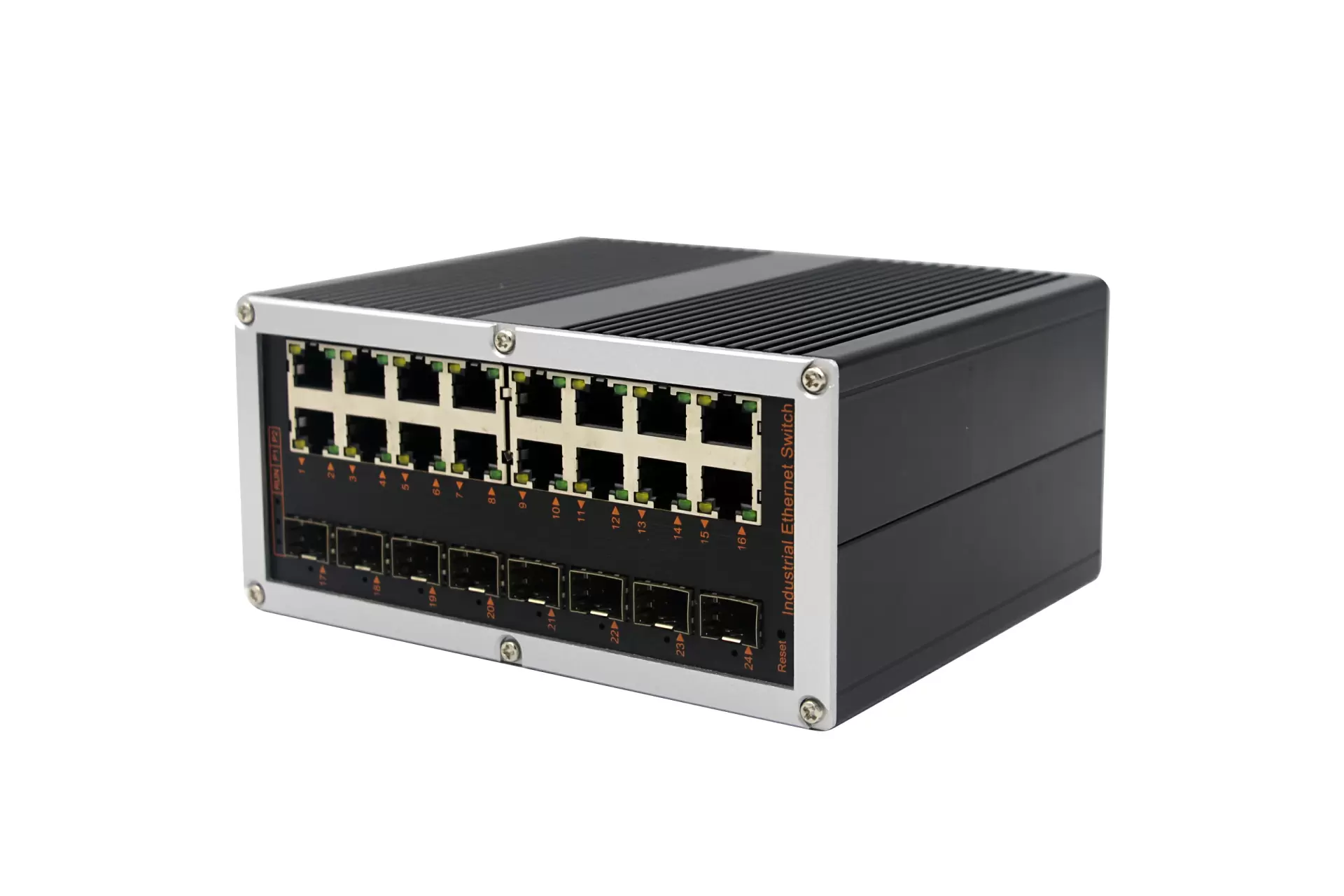.

How Does a Port Ethernet Switch Handle Network Traffic and Data Flow? This intriguing question delves into the intricate operations of a port Ethernet switch and its ability to efficiently manage network traffic and data flow. In this article, we will take a comprehensive and detailed look at the inner workings of a port Ethernet switch, shedding light on its mechanisms and functionalities.
1. The Role of a Port Ethernet Switch in Network Traffic Management
A port Ethernet switch is a crucial component in computer networks, facilitating the efficient transfer of data packets between devices connected to the network. With its ability to handle network traffic, a port Ethernet switch plays a pivotal role in controlling the flow of data and ensuring smooth communication between devices.
When data is transmitted across a network, it is broken down into small packets. These packets contain both the source and destination addresses, allowing the port Ethernet switch to determine the appropriate route for transmission. Upon receiving a data packet, the switch consults its forwarding table to ascertain the correct outgoing port, known as "switching" the packet. This process allows for efficient traffic management and enables the switch to deliver packets to their intended destinations.
Furthermore, a port Ethernet switch employs a technique called filtering to process network traffic effectively. By learning the Media Access Control (MAC) addresses of devices connected to its ports, the switch can filter incoming data packets and selectively forward them to the appropriate destination, avoiding unnecessary transmission to irrelevant ports. This aspect of network traffic management ensures improved efficiency and minimizes data collisions within the network.
2. The Data Flow Process of a Port Ethernet Switch
In addition to traffic management, a port Ethernet switch also plays a vital role in controlling data flow within a network. The data flow process involves three key steps: adaptation, buffering, and forwarding.
Adaptation: Upon receiving data packets, the port Ethernet switch ensures compatibility with the network infrastructure. It adapts the packet format, if required, to align with the network's specifications and protocols. This step guarantees seamless integration of diverse devices within the network.
Buffering: Data buffering is a critical step that allows the port Ethernet switch to temporarily store incoming packets before forwarding them. This mechanism ensures smoother data flow, preventing congestion and loss of packets during peak network traffic. The size of the buffer varies based on the switch's specifications and network requirements.
Forwarding: Once the packets are appropriately buffered, the port Ethernet switch intelligently forwards them to their intended destinations. By referring to its forwarding table and MAC addresses, the switch determines the optimal path for each packet. This forwarding process ensures efficient data delivery, minimizing delays and maximizing network performance.
In summary, a port Ethernet switch efficiently handles network traffic and data flow by employing techniques such as traffic management, filtering, adaptation, buffering, and forwarding. The switch's ability to manage network traffic and control the flow of data ensures seamless communication between devices and maximizes network performance. By understanding the inner workings of a port Ethernet switch, network administrators and users can appreciate its importance in maintaining efficient and reliable network operations.





